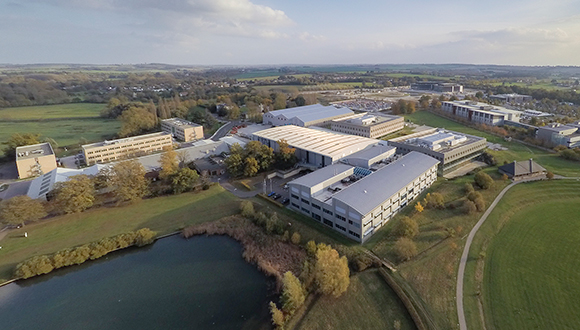Fri, 20 November, 2020
We have four great PhD opportunities available to UK, EU and International students, as well as those working within Industry.
The PhD programme at NSIRC takes place at TWI in Cambridge, a research and technology organisation founded by the The Welding Institute in 1946. Today it is a independent, member organisation, specialising in structural integrity and integrity management, welding, joining, digitisation, advanced manufacturing, composites and many more technologies.
The world class facilities at NSIRC allow our research students to conduct the highest quality of testing and excel the standards expected by industry and academia. Funding for the centre was provided by the Department for Business, Energy and Industrial Strategy, the Higher Education Funding Council for England (HEFCE), and SIRF (Structural Integrity Research Foundation), a research institute founded by TWI to foster innovation and influence industry-led research in the field of Structral Integrity. Other SIRF foundations include the TWI Innovation Network (TWIIN).
PhD Scholarships UK
This PhD will focus on the correlation of weld outcomes with measured electron beam characteristics. The BeamAssure tool is able to quantify the shape and power density of the welding beam, but relating this to the resulting weld performance requires in depth study – a large number of beam measurements, weld assessment and analysis of the combined data is required. Extrapolation of the relationship between beam and weld quality for different materials and thicknesses will require significant research and analysis.
This project forms part of a wider research programme in Digital Manufacturing aiming to develop intelligent manufacturing systems.
.
This project will focus on developing Probabilistic Fracture Mechanics (PFM) based methods so that they can be confidently used to assess a wider range of energy structures: particularly those where less restrictive risk profiles are acceptable. For example, in an offshore wind turbine, which is an un-crewed structure with a relatively short design life, a different risk profile is appropriate to that of a nuclear power reactor. You will investigate the limits of probabilistic structural integrity assessment and the interplay between assessment and measurement methods including Ultrasonic Non-Destructive Testing (UNDT) and residual stress measurement.
 NSIRC is based and managed by industrial research organisation TWI, on Granta Park, Cambridge. Photo: TWI Ltd
NSIRC is based and managed by industrial research organisation TWI, on Granta Park, Cambridge. Photo: TWI Ltd
.
To reduce the weight of structures, high strength steels need to be used but the mechanical properties of high strength steels can be degraded by hydrogen. It has been widely reported that upon reaching a critical concentration of solute hydrogen, the materials’ plasticity loss can be realised and can result in premature failure due to hydrogen embrittlement (HE). Further complications are introduced when welded joints or dissimilar materials are considered. To mitigate risks associate with failure of containment of hydrogen, full degradation mechanisms of high strength steels need to be understood and incorporated into the design framework.
.
This PhD study is a follow-on to a number of research programmes and projects pursued in the past 20 years at TWI. The main objectives of this programme of work are to develop an in-depth insight to the cracking behaviour of DSSs (Duplex stainless steels) once exposed to hydrogen, and provide new, quantitative methods for assessing and designing against HISC (Hydrogen-induced stress cracking), as well as providing data to enable production of more reliable assists. This also helps risks of HISC to be managed, and therefore increase safety and reduce the operation costs and issues associated with, potentially fatal, catastrophic failures.
For more background information to any of these topics, please follow the links to the application site, where you can read the full topic details.
If you have any questions about United Kingdom coroavirus restrictions on academia, advice on study in the UK, or tuition fees guidance, please feel free to contact us directly.
Entry requirement for each topic can be found on the PhD application.
......
Other pages you may find useful: